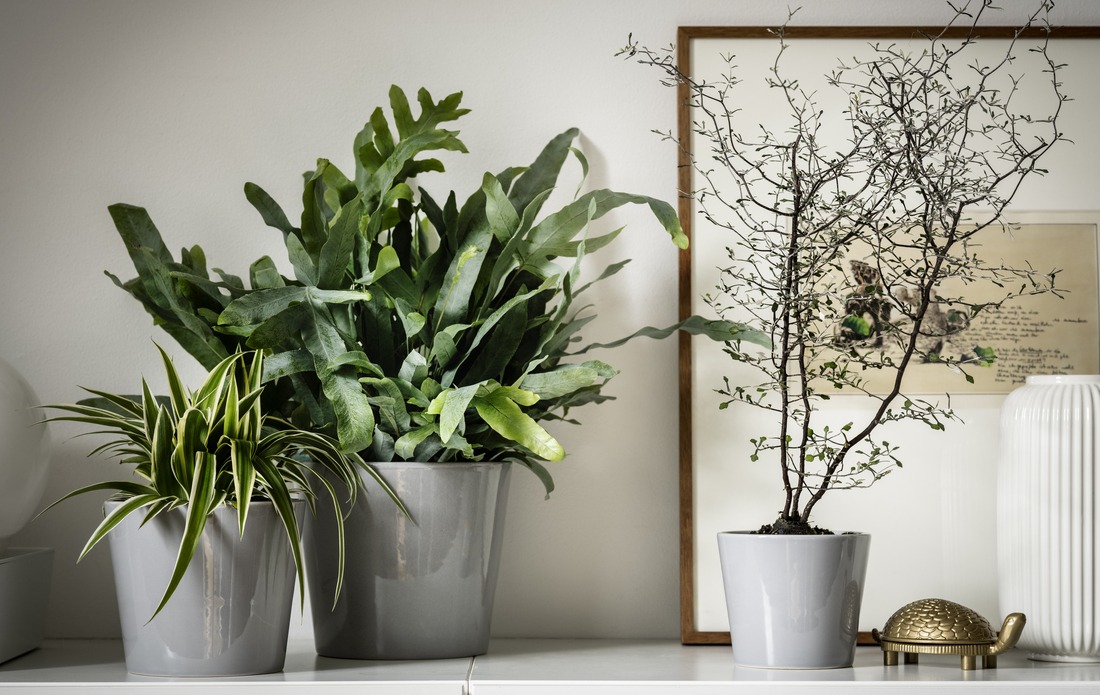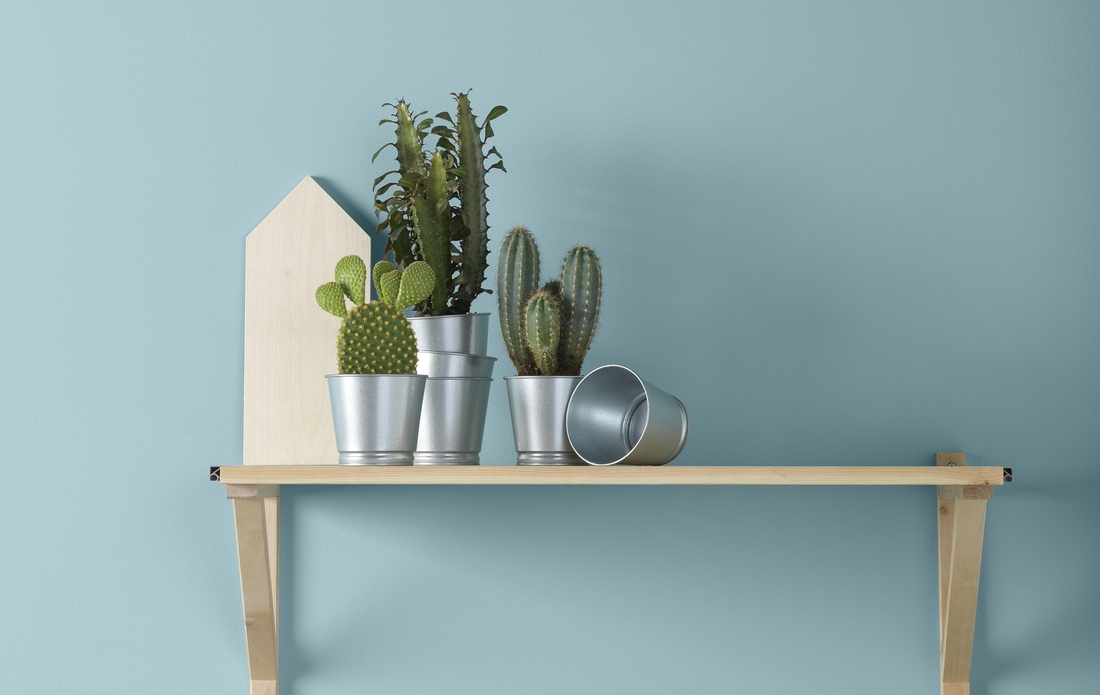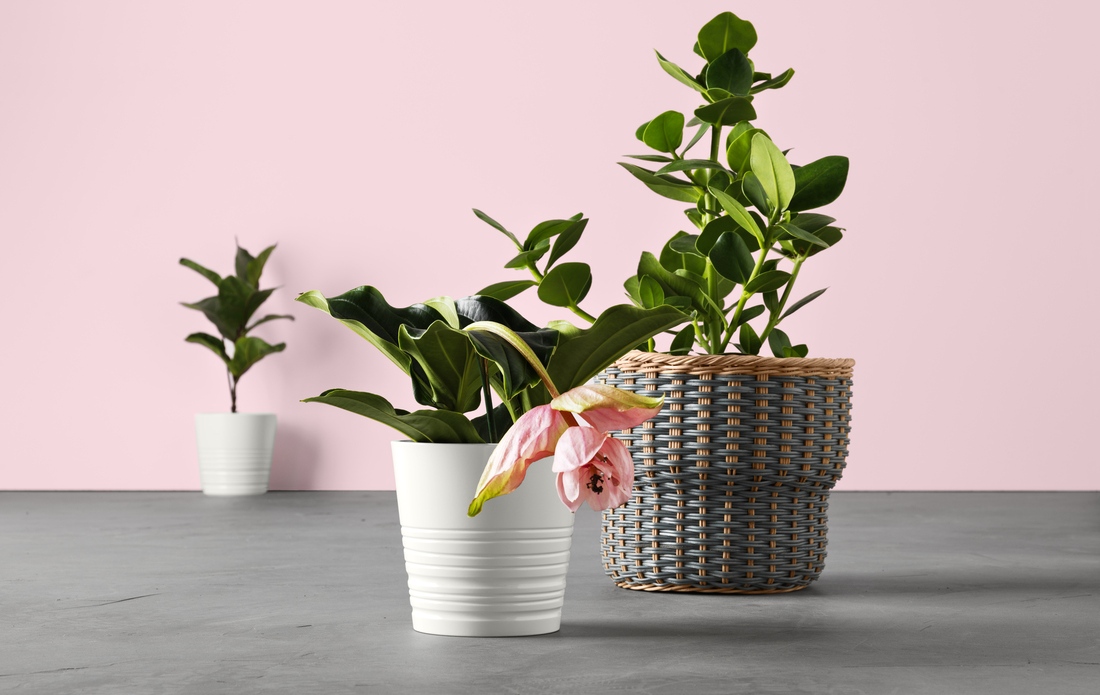A fresh and lively room is an ideal place for activities or just to calm the mind. One way to get this atmosphere is to place ornamental plants that not only beautify the room but also improve air quality.
However, this often raises doubts, especially for those who are busy or less experienced in caring for plants. These doubts arise due to concerns about caring for them so that the plants wilt or even die.
In this article, we will discuss several choices of ornamental plants that are not only attractive but also easy to care for. Suitable for those of you who are very busy or are new to trying gardening.
How to Choose the Right Indoor Plants?
Choosing the right ornamental plants is not only about adding greenery to your space but also about creating harmony between plant life and your lifestyle. It is important to consider how each plant can complement the aesthetics and dynamics of your living space. Here are tips for choosing the right houseplants for your room.
What are the types of indoor houseplants that you can choose?
Knowing the types of plants that are not only beautiful but also easy to care for can be very helpful in making the right decision. In this context, some plants such as geraniums, roses, rosemary, and ornamental palms are known for their ease of care and visual beauty.
Geraniums
Geraniums are houseplants that are quite simple to care for. This plant only requires sufficient watering and bright lighting to grow well. In addition, geraniums are very resistant to various environmental conditions, so they can be placed both indoors and outdoors.
Roses (mini or potted varieties)
This type of rose is very suitable for an indoor houseplant because its size is not too big, so it does not require a lot of space to grow. This plant can flower all year round and add beauty to the room with its various flower colors.
Rosemary
Rosemary is a plant that is resistant to dry conditions, so it does not require too much watering. In addition to being an ornamental plant, rosemary also has a refreshing aroma, so it can function as a natural room freshener.
Ornamental Palm
This plant has high resistance to indoor environmental conditions, even with limited lighting. In addition, ornamental palms do not require complicated care, just regular watering, and occasional fertilizing to keep them growing well.
Artificial plants
Artificial ornamental plants are an ideal choice for those who want the beauty of plants without having to bother caring for them. Unlike living plants, these plants do not need to be watered, get sunlight, or pruned, making them very practical for anyone.
Another advantage is the flexibility in placement because these plants can be placed anywhere without depending on environmental conditions such as light, humidity, or certain temperatures.
What factors need to be considered when choosing indoor plants?
When choosing plants for indoors, there are several important factors to consider so that the plants can grow well and provide maximum benefits.
- Lighting: Each plant has different light requirements. Plants such as sansevieria and monstera can grow well in shade or with indirect lighting.
- Water Requirements: Watering frequency is also an important factor in caring for indoor houseplants. Plants such as cacti and rosemary are more drought-tolerant and do not require regular watering.
- Size and Space: Houseplants come in a variety of sizes, from small succulents to large palms. If space is limited, choose small plants that can be placed on tables or shelves.
What Indoor Houseplants Don't Need Sunlight?
Not all houseplants need direct sunlight. Some types still thrive even when placed in areas with minimal lighting. Here are some examples.
How do houseplants grow without direct sunlight?
Houseplants can still grow without direct sunlight because they can adapt to lower lighting conditions. Some plants even naturally grow under the shade of trees or in shaded areas, so they don't need direct sunlight to photosynthesize.
Some plants have more concentrated chlorophyll, making them more efficient at absorbing light for photosynthesis even when lighting is limited. Examples include zamioculcas zamiifolia and pothos which continue to thrive even when placed in a room with dim lighting.
If the room lacks natural light, plants can survive with the help of artificial lights, such as LED grow lights. These lights are designed to provide a light spectrum that resembles sunlight and helps the photosynthesis process of indoor plants.
What are the recommendations for indoor ornamental plants that don't need much light?
Some types of plants have the advantage of being able to survive with minimal lighting, here are some recommendations for plants that are suitable for rooms with low lighting:
Sansevieria
Known for its ability to grow in low light conditions and minimal water requirements. Sansevieria is a great choice for beginners and those who often forget to water their plants.
Rosemary
Rosemary is a plant that can still survive with indirect or artificial lighting. This is because rosemary has thick, fuzzy leaves, which help it reduce water evaporation and retain moisture.
Ornamental Palms
Ornamental palms, such as bamboo palms and yellow palms, come from natural habitats that are often in the shade of large trees in tropical forests. The palm's wide, dark green leaves help these plants absorb light more efficiently for photosynthesis.
What are the Benefits of Indoor Plants for Decoration?
Indoor plants contribute to the creation of a healthier and more comfortable environment. With ornamental plants, the room will feel fresher and more alive. In addition to adding visual beauty, indoor plants also contribute to improving indoor air quality.
Plants have the natural property of absorbing carbon dioxide and producing oxygen. Plants such as peace lilies, spider plants, and snake plants (sansevieria) are known to be natural air purifiers. They help clean the air by absorbing toxic pollutants such as trichloroethylene, xylene, formaldehyde, and benzene.
Indoor plants are a valuable addition to any home, helping to create a healthier environment, clean and fresh air, and improving the well-being of the body and mind.
How can houseplants beautify a room?
Houseplants beautify a room by adding a natural element that makes the atmosphere fresher and more lively. The green color of the leaves and the variety of shapes and textures of the plants create a more dynamic and aesthetic impression in the interior.
In addition, houseplants can provide visually interesting textures. Thick leaves, unique patterns on the leaf surface, and varied plant shapes can add visual depth to a room.
Plants also can create a warmer and more comfortable atmosphere.
What are some ideas for decorating a room with indoor ornamental plants?
Here are some ideas for decorating a room with ornamental plants that can be combined with various types of
furniture to make the room look more harmonious.
Plant shelves for a neat and modern look
Use a
plant shelf to arrange several ornamental plants vertically, so that the room looks more organized and remains spacious. Natural wood shelves can be an option for displaying various small plants such as succulents, pothos, or snake plants in minimalist pots.
Hanging pots for an elegant floating effect
Hanging pots are a creative way to present plants without sacrificing floor or table space. Plants such as devil's ivy or spider plants are perfect for hanging because they have beautiful hanging leaves.
Green Corner for Relaxation
Create a green corner in the room by arranging several large plants such as monstera or ornamental palms in the corner of the house. You can put them in
tall pots that have a simple and modern design. Add a lounge chair or soft rug to create a comfortable and relaxing relaxation area.
IKEA Indoor Plant Recommendations


